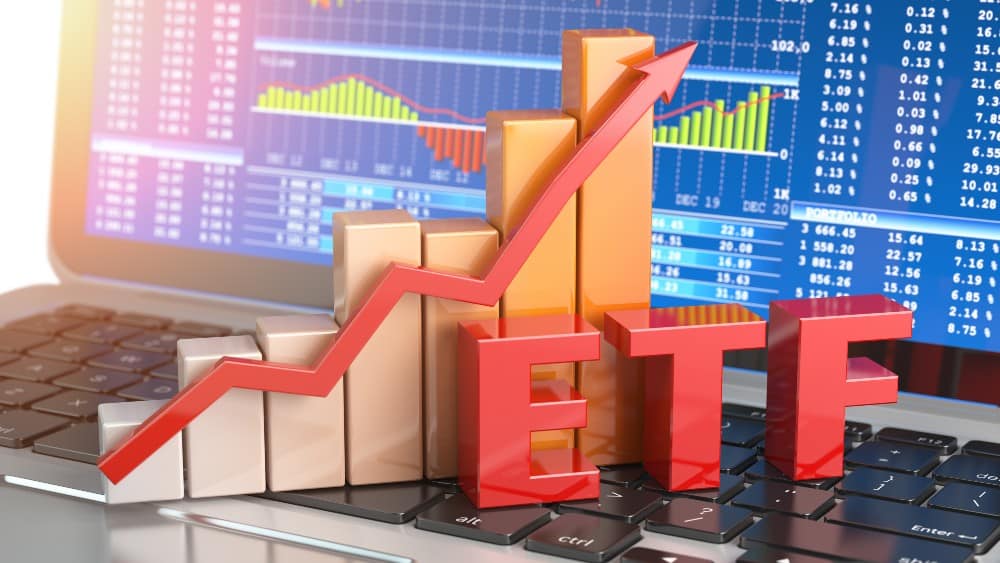Building your wealth over time is not just possible but rather easy if you have realistic expectations for wealth, ample time (decades), and a decent amount of capital to invest. One of the easiest routes to take is to invest in reliable exchange-traded funds (ETFs). Even a small portfolio with a few reliable ETFs can be enough for building your wealth over time.
The key here is consistency. If you can put away a decent sum, say $10,000 a year, for building your retirement nest egg, and you keep investing it in the same, time-tested assets, going over the million-dollar mark is quite easy. This approach can also be the answer to the question of how to build generational wealth.
ETFs, especially the ones that give you exposure to a sizeable segment of the market and are diversified in nature, can prove to be the right investment assets for this job.
A Canadian ETF
BMO Low Volatility Canadian Equity ETF (TSX:ZLB) gives you exposure to Canadian stocks with a low beta. The beta determines a stock’s volatility compared to the market as a whole. If it’s more than one, the stock is considered more volatile than the market. A lower-than-one beta indicates better stability.
The ETF is currently made up of 47 securities, mostly financial companies, utilities, and consumer staple businesses. Sectors like utilities and consumer staples are relatively stable and can perform well, regardless of the economic conditions.
Thanks to this approach, the ETF carries a low to medium rating — two on a scale of five, with one being the least risky. But the low risk is not the only noteworthy trait of this ETF. It makes quarterly distributions, and the yield is decent enough. The management expense ratio (MER) — i.e., your cost of investing in the ETF — is relatively high at 0.39% but not too high.
But the most compelling reason to invest in this ETF is its performance. It has returned almost 200% in the last 10 years. If it continues at this pace, you can expect very healthy returns if you keep investing in it for the next three or four decades.
A U.S. ETF
One of the most well-known indexes in the world is the S&P 500, and there are plenty of Canadian ETFs that replicate its performance, including Blackrock’s iShares Core S&P 500 Index ETF (TSX:XUS). The MER for this ETF is slightly higher than most other Canadian S&P 500 ETFs, but at 0.1%, it’s still lower than most other ETFs.
This ETF (following the underlying index) gives you exposure to 500 of the largest U.S. companies, though the ETF is currently composed of 504. It also offers quarterly dividends, but the yield is lower than the Canadian ETF.
The capital-appreciation potential makes up for that difference. It hasn’t been around for a full decade yet, but it has grown by about 237% in the last nine years. So, it’s reasonable to assume the 10-year growth might be around 250%.
Foolish takeaway
If the funds keep growing at the same pace, they may offer you 600% and 750% growth, respectively, in the next three decades. It’s an oversimplified and highly optimistic projection, but it may give you an idea of the ETF’s wealth-building potential.
Let’s say you invest $5,000 each in the two ETFs, and they keep to the projections. You may see just one year’s capital grow by $30,000 and $37,500, respectively. And even though the capital of the subsequent years may grow less (since there will be fewer years), the overall growth potential is still significant.








